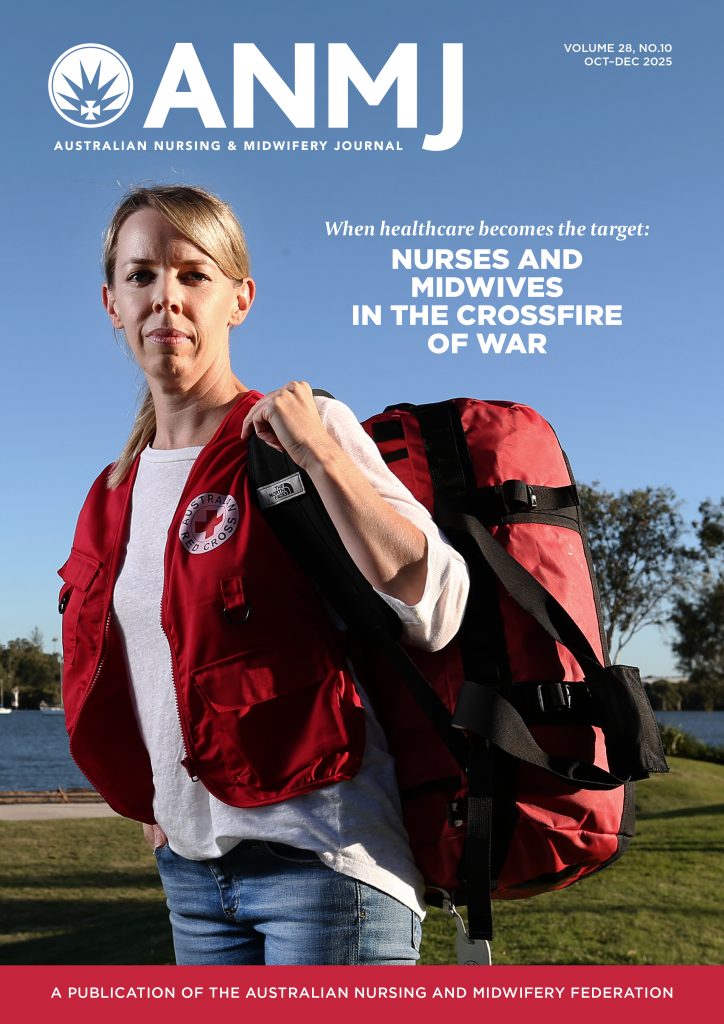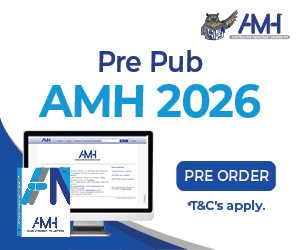A new study has captured the financial and emotional strain of unpaid, mandatory placements on health and education students.
The University of Wollongong (UOW) research provides a scaffold for how tertiary students could be better supported to complete mandatory professional placements during their degree.
Greater access to scholarships, grants to undertake placements, subsidised transport and parking, and more flexibility for students who are juggling family responsibilities are among the raft of strategies put forward by hundreds of students from across Australia and New Zealand.
The study published in Australian Health Review drew on the responses of more than 550 students from the medicine, health and education-related fields. It found that most students who undertake unpaid placements faced ‘placement poverty’ – the financial burden experienced due to compulsory training.
The researchers sought to quantify the impact of placement on student wellbeing in the post-COVID landscape, and to examine the differences between health and education professions, said lead researcher Dr Kelly Lambert from UOW’s School of Medical, Indigenous and Health Sciences.

The urgency of the issue was exacerbated by the cost-of-living crisis, said Dr Lambert. “There is a societal perspective that only nursing and teaching students are required to undertake placements, but it is much broader than that, particularly in the health professions.
“We heard stories of students working 50 hours a week to save for their placements, on top of a full study load. Or students juggling full-time jobs on top of the full-time job of a placement.”
More than 70% of students surveyed experienced food insecurity during their placements, while just under 50% had to rely on financial support from either the government or family members.
Strategies
Students suggested several strategies to alleviate the impact of poverty placement. These included part-time placement options, flexibility for those with children, financial counselling, greater support for rural placements, access to emergency funds, subsidised parking for hospital placements, subsidised uniforms, financial counselling, discounted accommodation, access to bulk-billed medical care and counselling, and tools to recognise and manage burnout.
A greater number of scholarships would also improve outcomes, with the study finding that only 10% of health students, and 4.5% of teaching students received a scholarship to help with the costs of placement.
The study revealed that students’ placement preferences were largely (63.8%) determined by cost rather than learning opportunity. Yet close to 60% of the students said they were not given the chance to choose the location of the placement, and whether they could afford it.
The Australian Government announced the introduction of the Commonwealth Prac Payment as part of its 2024 Budget, available for nursing, teaching, midwifery, and social work students from July 2025. The payment is in line with the reforms to higher education proposed in the Australian Universities Accord, which aims to improve equity and accessibility for all students.
Increasing inequity
The financial burden of unpaid, mandatory placement was a driving force of inequity among students, and, if not addressed, would ultimately lead to a lack of diversity in the health and teaching professions, said study co-author and UOW Senior Lecturer Dr Anne McMahon.
“The fundamental diversity in our society will not be reflected in our professional groups in every discipline that requires placements as they cannot force their way through without an insane amount of personal and wellbeing cost.
“Our research showed that single parents, students with children, people living with a disability or from a lower socioeconomic background are less likely to begin and finish degrees that require mandatory professional placements.”








